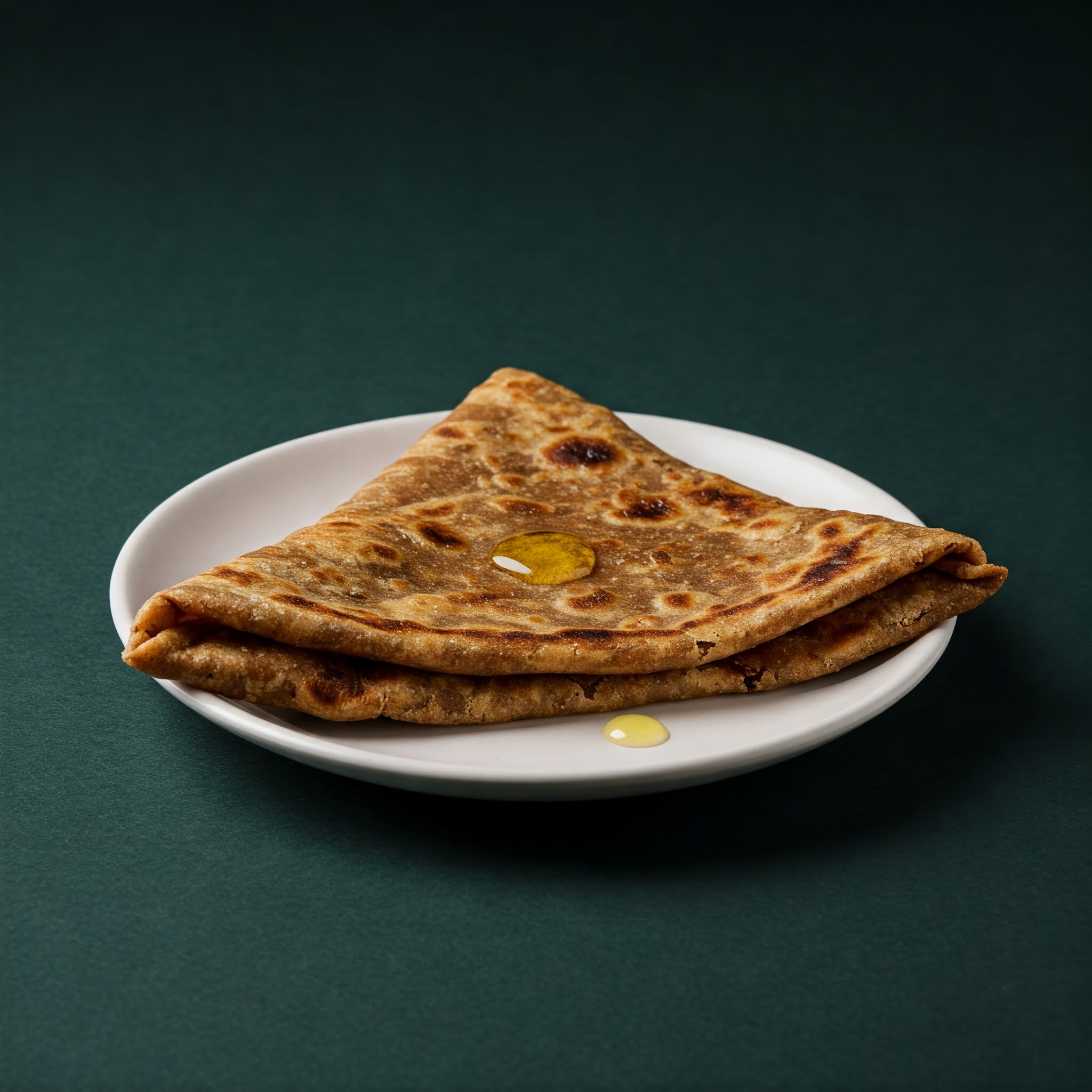Bajra Flour (बाजरे का आटा)
Baajre ka Aata

About Bajra Flour
Bajra Flour: The Heart of Tradition.
From the golden fields of India, Bajra flour has been a staple for centuries, known for its ability to nourish and energize. A true gift from nature, this humble flour embodies the rich cultural heritage and wisdom passed down through generations. With its earthy aroma and robust texture, Bajra flour offers more than just sustenance — it connects us to our roots.
Rich in fiber, protein, and essential minerals, Bajra flour is a powerhouse of nutrition. It is gluten-free, making it an ideal choice for those with dietary restrictions. It also promotes digestive health, boosts immunity, and provides long-lasting energy. The simplicity of Bajra flour makes it a perfect companion to create wholesome dishes such as roti, bhakri, or even porridge, making it an integral part of Indian meals.
More than just an ingredient, Bajra flour is a symbol of nourishment and resilience, feeding the body and soul alike. Its versatility in the kitchen allows you to craft meals that are both nutritious and delicious, perfect for a balanced, healthy lifestyle.
To include Bajra Flour in your daily menu, logon to planmeal.com.
Discover the richness of Bajra flour, and let it become the foundation of your healthy, fulfilling meals. Elevate your plate, and nourish your body with the goodness of this ancient grain. Bajra Flour: Your connection to the past, your health today!
Importance of Bajra Flour:
Bajra flour, made from pearl millet, is a highly nutritious grain that plays a crucial role in promoting a healthy diet. It is rich in fiber, protein, and essential minerals such as iron, magnesium, and phosphorus, which are important for overall health.
One of the key benefits of Bajra flour is its high fiber content, which helps in improving digestion and maintaining gut health. Additionally, Bajra flour is gluten-free, making it an ideal choice for those with gluten sensitivity or celiac disease.
It is also a great source of complex carbohydrates, providing long-lasting energy and helping to regulate blood sugar levels. Bajra flour supports heart health by reducing cholesterol levels and improving cardiovascular function.
Incorporating Bajra flour into your diet can contribute to stronger immunity, improved metabolism, and enhanced bone health due to its rich mineral content. It is a versatile ingredient that can be used in a variety of dishes like roti, porridge, and upma.
Overall, Bajra flour is an important addition to any healthy diet, offering a range of health benefits while maintaining simplicity in preparation and taste.
How to Store Bajra Flour
How to Store Bajra Flour:
To store Bajra flour, first ensure that it is placed in an airtight container. This helps in preventing moisture and air from entering, which could affect its quality. The container should be clean and dry before storing the flour. Keep the container in a cool and dry place away from any sources of heat and direct sunlight. If you live in a humid area, it's best to store the flour in the refrigerator to avoid moisture build-up. For long-term storage, placing it in the freezer can preserve its freshness for extended periods.
Shelf Life of Bajra Flour
Shelf Life of Bajra Flour:
The shelf life of Bajra flour typically ranges from 6 months to 1 year when stored properly. However, the exact shelf life can vary based on storage conditions and whether the flour is packaged in an airtight container.
Storage Tips:
- Keep it in an airtight container to prevent moisture absorption and contamination.
- Store in a cool, dry place away from sunlight.
- Refrigeration or freezing can help extend its shelf life, especially if you buy it in bulk.
- Always check for any off smell or discoloration before use, as these may indicate spoilage.
Note: If Bajra flour is stored in humid or high-temperature environments, it may have a shorter shelf life. It's always best to consume it within the recommended period to maintain quality and nutritional value.
How to Check Bajra Flour Before Buying
How to Check Bajra Flour Before Buying:
Before purchasing Bajra flour from a local vendor, it’s important to ensure its quality. Start by checking the flour’s color. It should be a light to medium grayish-brown, indicating that it’s fresh and properly milled. Avoid flour that appears too dark or has an off color, as this may suggest it’s either old or improperly stored.
Next, smell the flour. Fresh Bajra flour should have a clean, earthy scent. A rancid or sour smell may indicate that it has been stored improperly or is nearing spoilage. It’s also important to check the texture of the flour. It should feel fine and soft to the touch, without any coarse or gritty particles.
Lastly, ensure that the flour is stored in a clean, airtight container to prevent contamination and moisture absorption.
When to Buy Bajra Flour in Bulk:
The best time to purchase Bajra flour in bulk is during the harvest season, which typically occurs between October and February in India. This is when the grain is fresh, and you can expect the best quality flour. Buying in bulk during this period ensures you get the flour at its peak quality and freshness.
Explore
Explore our services and take your business to the next level.
Recent Posts

Kuttu Ke Parathe are not only a delicious treat but also a nutritious addition t...

Halwa is the perfect addition to a balanced weekly menu, offering both taste and...

Bajra Ladoo is a nutritious and delicious addition to your weekly meal plan. Mad...

Dosa Chilla is the perfect dish to add variety to your weekly meal plan. A nutri...

Tamarind Tomato Salad is the perfect addition to your weekly meal plan, offering...
Ready for a Healthier You?
Take control of your wellness! Get a customized meal plan that fits your lifestyle. It's time to eat smarter, feel better, and transform your life!
Get Your Plan Now!Already a member? Login and start now!
Nutrition Facts
Serving Size:
Servings Per Container: 1
| Amount Per Serving | ||
|---|---|---|
| Calories | 347.99 | |
| Fat | ||
| Saturated Fat | ||
| Trans Fat | ||
| Cholesterol | 0 | |
| Sodium | 4.11 | |
| Carbs | 61.78 | |
| Fiber | ||
| Sugar | 4 | |
| Protein | 1.9 | |
| VitaminD | ||
| Calcium | 27.35 | |
| Iron | 6.42 | |
| Potassium | 365 | |
* Percent Daily Values are based on a 2000 calorie diet.
* Percent Daily Values are based on a 2000 calorie diet.

